“Fossil Rim Wildlife Center is dedicated to the conservation of species in peril, conducting scientific research, training professionals, responsible management of natural resources, and public education,” as our mission statement reads.
Director of Animal Health Dr. Holly Haefele is in charge of the “conducting scientific research” aspect, but “training professionals” often goes hand-in-hand with the research efforts.
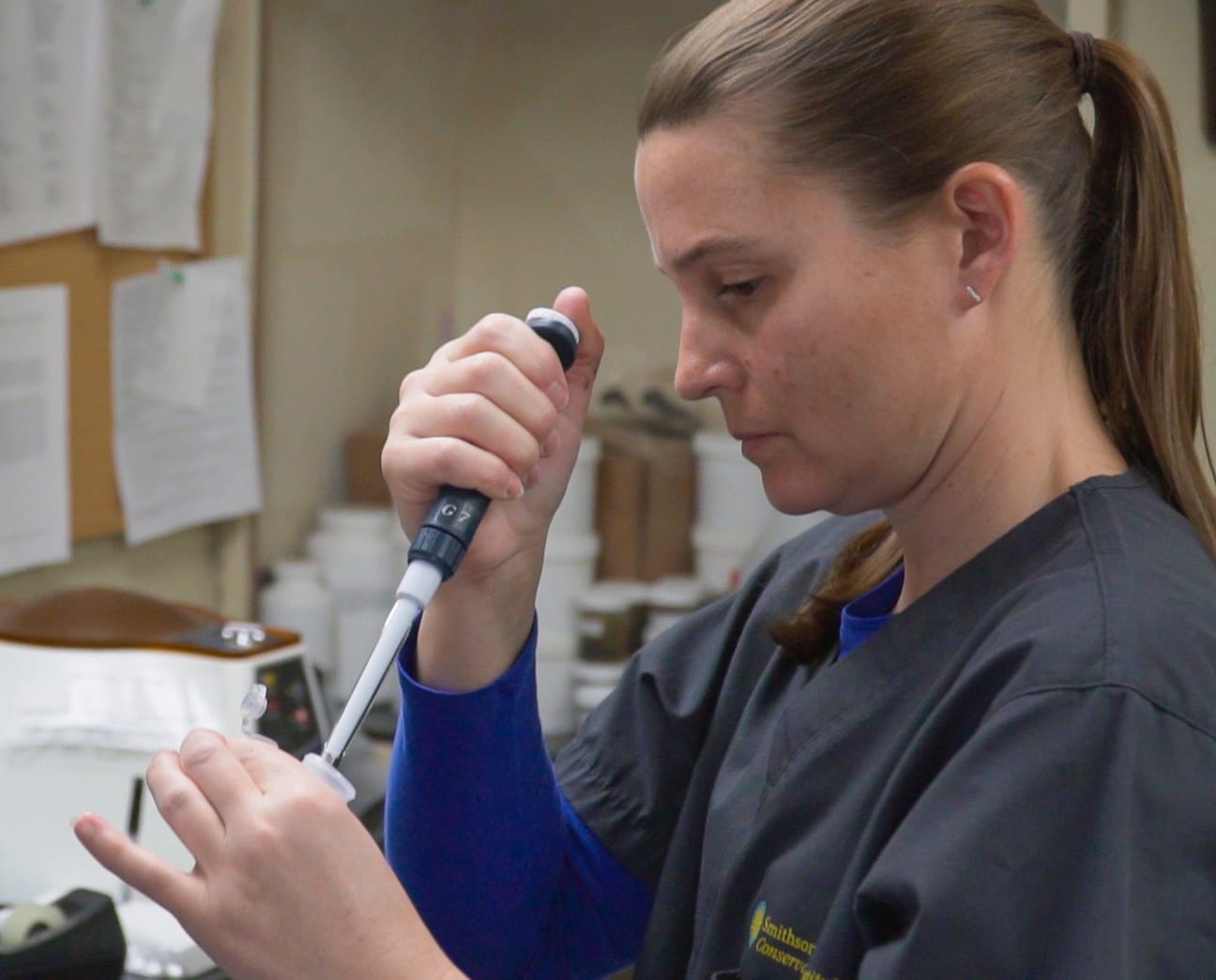
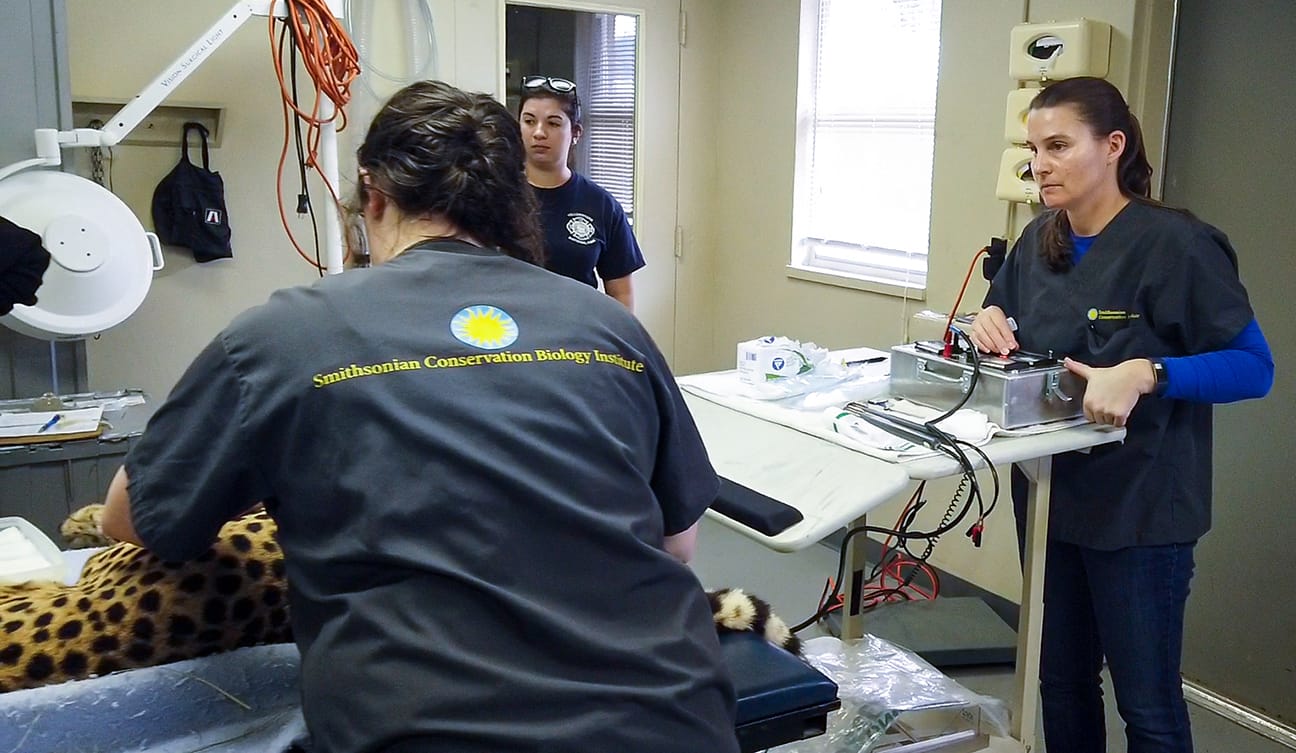
“I think we do well (regarding research) for what we have,” Haefele said. “We don’t have a research facility on site that is staffed by researchers. We are lucky enough to work with several world-renowned zoological research institutions; obviously Smithsonian Conservation Biology Institute (SCBI) is a prime example.
“One of their reproductive physiologists who we work with all the time because of our cheetahs is Dr. Adrienne Crosier, who just had a successful embryo transfer (into a surrogate mother) – the first time ever for cheetahs. https://tinyurl.com/vykgcty SCBI has many full-time physiologists, biologists, and other researchers, so that’s an example of a whole other level of research.”
In 2019, Fossil Rim was involved in six research collaborations with other institutions, as well as eight in-house projects: expanding post-release monitoring for reintroduced populations of scimitar-horned oryx via video collars; dama gazelle anesthesia retrospective; sable antelope immobilization protocols; comparison of direct and indirect blood pressure in addax; dama gazelle foot infections; addax antelope mortality retrospective; cheetah anesthesia and blood pressure investigation; and dama gazelle sedation trial for in situ translocation.
“That’s a lot of research,” Haefele said. “I would say 2019 was an above-average research year,” Haefele said. “A goal for AZA (Association of Zoos & Aquariums) institutions is to spend at least three percent of their annual budget on field conservation that directly contributes to the long-term survival of species in natural ecosystems and habitats. Field conservation can include direct action, research, field conservation education, advocacy or fundraising, and cash grants. Some examples of cash grants would be our annual contributions to Sahara Conservation Fund and International Rhino Foundation.
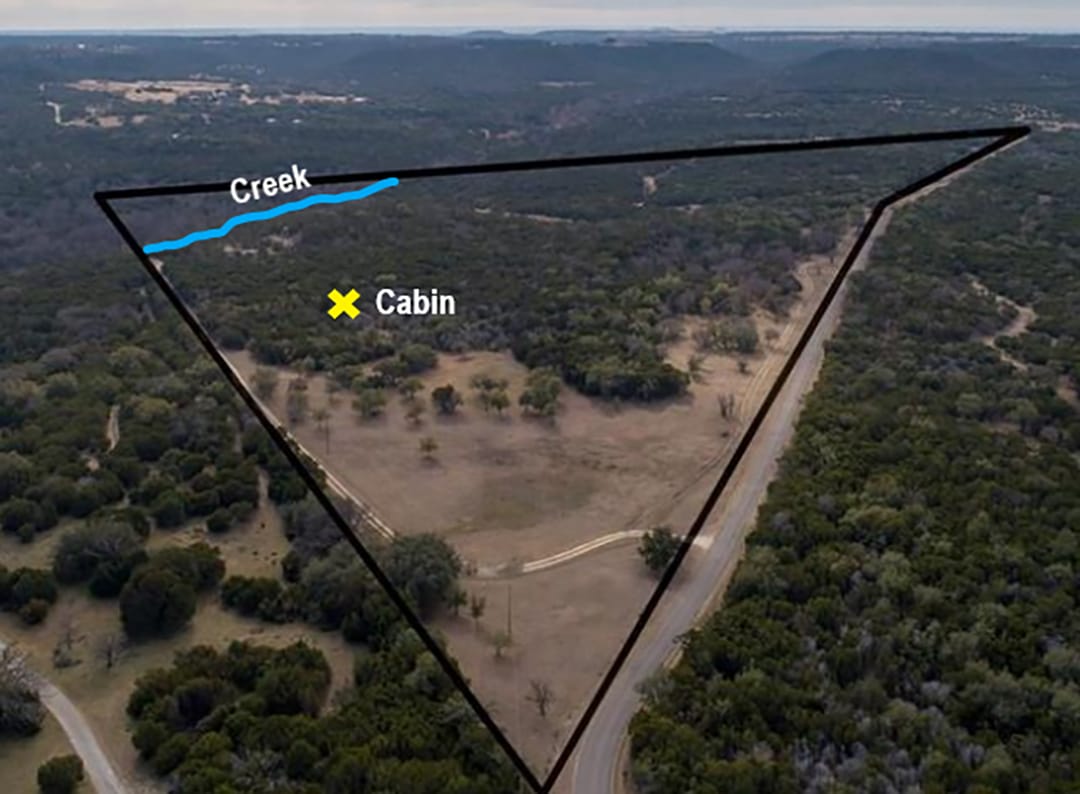
“Another cash grant example that we were excited to give this past year brought an earlier project full circle. In 2007, Fossil Rim moved some addax and scimitar-horned oryx to Tunisia for their respective release programs onto large wildlife reserves. Now, the animal populations are doing well, but are isolated from each other, so there is a need to capture and translocate animals to improve genetics.
“(Director of Animal Care) Adam (Eyres) went over there last year to help with the project planning and then later in 2019, we donated some funds to help purchase the capture equipment. It’s nice to be involved with this project again.”
Recovery program costs count toward Fossil Rim’s field conservation spending.
“Attwater’s prairie chickens are especially relevant for this because we are maintaining a captive breeding population and those animals are in an active-release situation,” Haefele said. “We can associate all of our costs with that program toward field conservation.”
Costs of maintaining conservation assurance populations also contribute to field conservation spending.
“This is regarding the direct cost of the care for assurance populations of species that are classified as critically endangered or extinct in the wild,” she said. “Here, we are talking about (American) red wolves, Mexican wolves, addax, dama gazelle, scimitar-horned oryx, and black rhinos.”
Research that meets certain criteria counts toward field conservation spending.
“For example, the costs associated with the scimitar-horned oryx GPS collar study, which has direct application to collars that will be used in the wild, counts toward field conservation,” Haefele said. “We usually end up spending around five percent of our annual budget on field conservation, but 2019 was way up at seven percent. We bought 50 acres of land adjacent to Fossil Rim, which took us up from four-and-a-half percent to seven. Right now, we are managing that land for the conservation of native species.”
Other mission-related research opportunities abound.
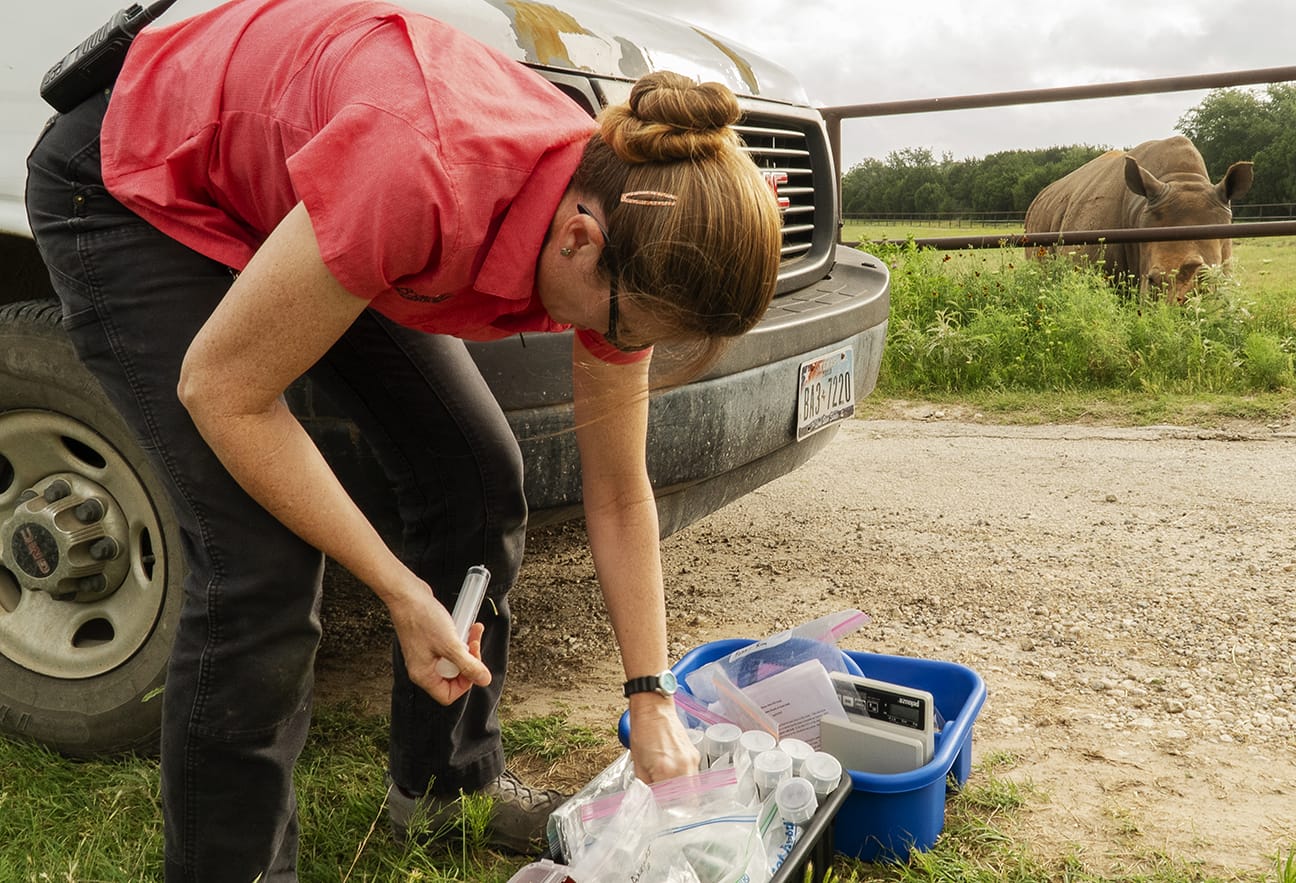

“We are partnered with Tarleton (State University) doing research via a formal MOU (memorandum of understanding),” Haefele said. “Just recently, a student came out to survey small mammal populations on the newly purchased land. There could potentially be some endangered native species found there and it’s not a fenced area, so our plans relate to the native species of Somervell County. Other research projects from last year included collaborations such as the phenylbutazone study in white rhinos, the gut microbiome study in maned wolves, or the gut microbiome study in cheetahs.”
Among 2019’s research collaborations, Haefele did want to emphasize the “pharmacokinetics of a single oral dose of phenylbutazone in southern white rhinoceros,” which was led by North Carolina State University and the North Carolina Zoo. https://tinyurl.com/y3tktpuy
“That study took a fair bit of time on our part to help with sample collection,” Haefele said. “It was a major project that a lot of institutions participated in. It had enough rhinos involved that the data should be really good.
“That’s a drug which everybody in our field uses, but we didn’t know the ideal dose. The study will answer some basic questions that hadn’t previously been looked into; researchers are currently still analyzing the data.”
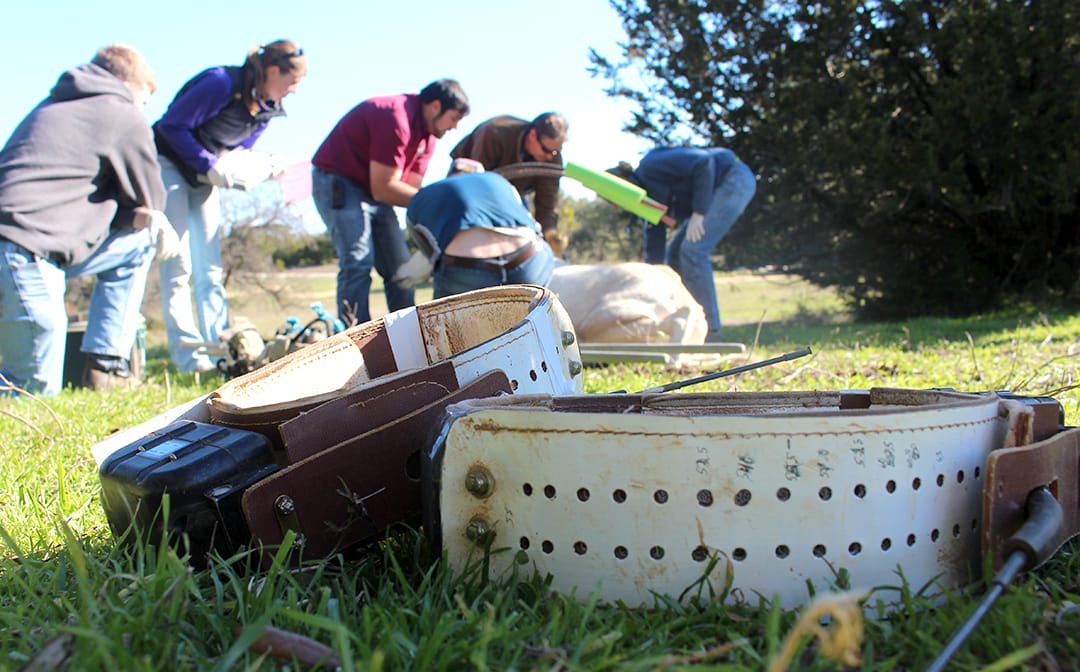

She had several in-house research projects to highlight.
“The first GPS collar study (in 2015-16) for scimitar-horned oryx is one of the most important in-house projects in our recent history,” Haefele said. https://tinyurl.com/y2flda57 “That was the first assessment of the two different collar types prior to the reintroduction of scimitars to Chad. It was a great project because it let field biologists know which collar fit better, provided more accessible data, etc.
“The second scimitar GPS collar study (in 2019) added the element of video to the collars. https://tinyurl.com/y2dmhmef It was determined that the use of those collars will be postponed. Both projects are significant because they related to returning animals to the wild.
“I also want to point to the investigation of sedation protocols for dama gazelle; it relates to the three females that were caught in the wild (January 2020) for transfer to join another dama group. We wanted to dry run the drugs on our captive animal before tucking wild dama into a small plane for a few hours. So, we drove a sedated dama around in a van one afternoon; we don’t have a plane.

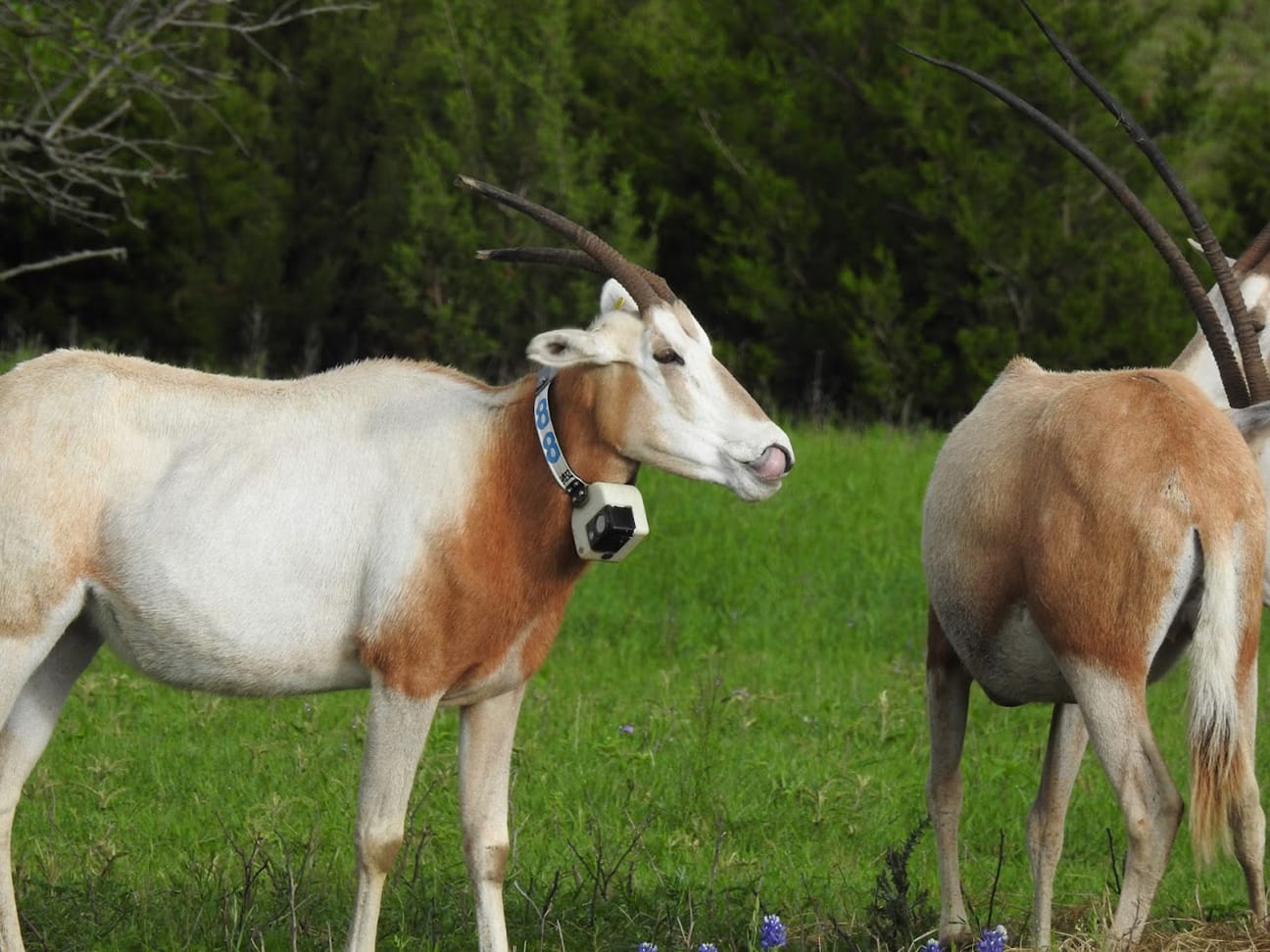
“The drugs were perfect both in the van and in the air over Chad. Again, this is a project with direct application to crucial antelope conservation, so it’s among our more important endeavors.”
In late February, several people associated with Fossil Rim were making sure to meet the deadline for research paper abstract submissions to be considered for presentation at the 2020 American Association of Zoo Veterinarians (AAZV) 52nd Annual Conference next fall.
“We submitted a bunch of abstracts,” Haefele said. “I submitted one on fungal infection in black rhinos and another on spiny-headed worms in maned wolves. (Fellowship Veterinarian Dr.) Lauren (Schmidt) submitted on cryptosporidium in Attwater’s prairie chickens and management of a cheetah foot fracture. https://tinyurl.com/r3bpu95 (Former tour guide and current college freshman) Avery (Tilley) looked at two-plus years of data regarding us administering copper oxide wire particles to sable and gemsbok; he filtered through a lot of data to find animals which only received that to combat parasites.
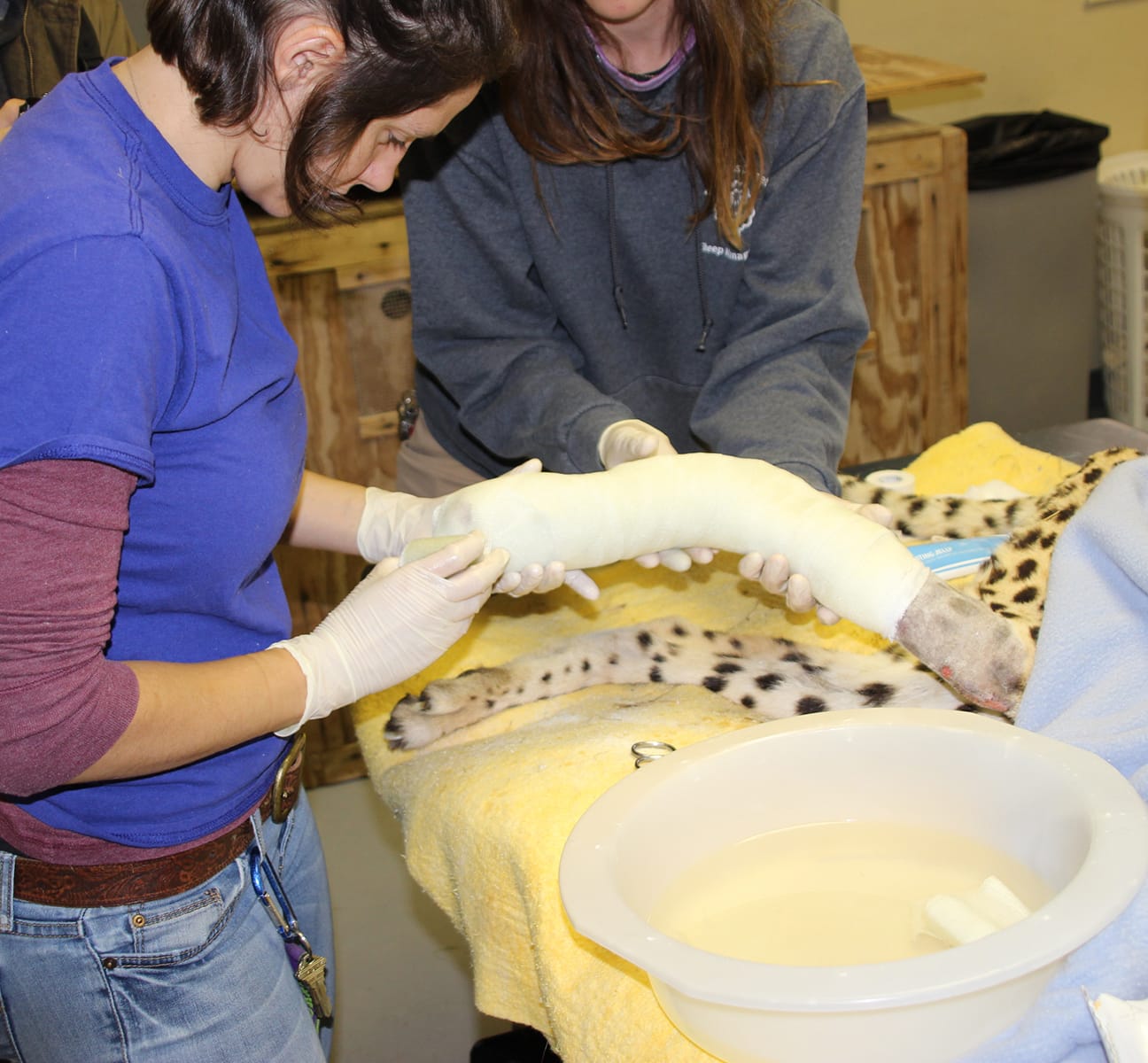

“He looked at the fecal egg count of those antelope before copper oxide and also within two weeks after; Avery observed a significant decrease in egg count among the 46 animals he studied and is submitting a paper on that research. Avery wants to go to vet school and is the youngest person to have ever become involved with research in our department.
“(Former hoofstock behavior and research intern and current vet school student) Melanie (Pearson) submitted a paper on sable antelope immobilization protocols. https://tinyurl.com/vyvwd37 It’s cool because she is in vet school and Avery is in college. I’m proud of them for taking the initiative of presenting to all the zoo vets in the country.”
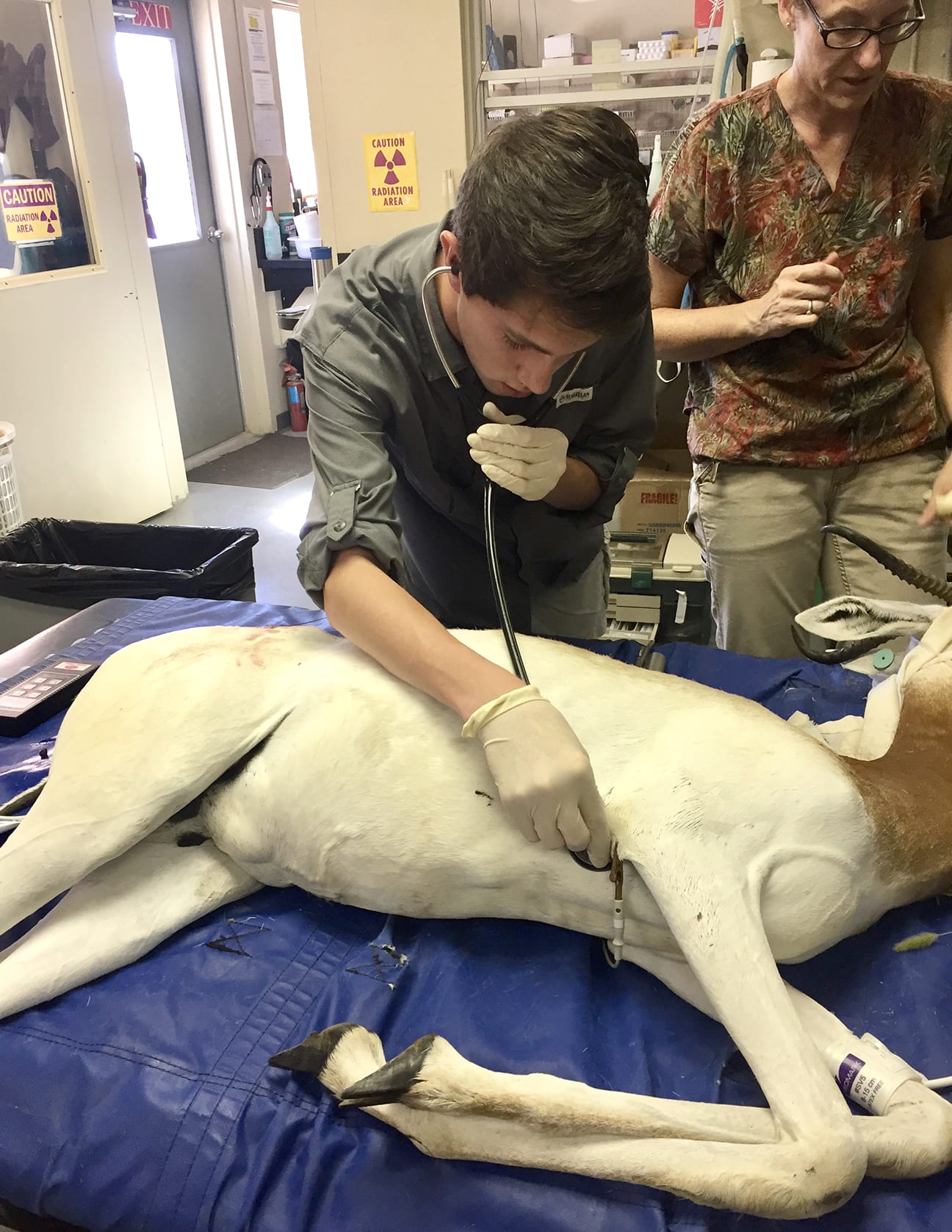
The AAZV Conference is one week long and every day is chock-full of speakers who will cover various categories in presentations of 12-13 minutes.
“Among all the abstracts received, the conference committee will pick the ones they believe will be the most useful or think are the best,” Haefele said. “Even if you don’t get to make a presentation, they may give you the opportunity to do a poster, which there are sessions for, as well.”
Haefele shared excellent news on her tag-team partner in the Fossil Rim Animal Health Department: Associate Veterinarian Dr. Julie Swenson.
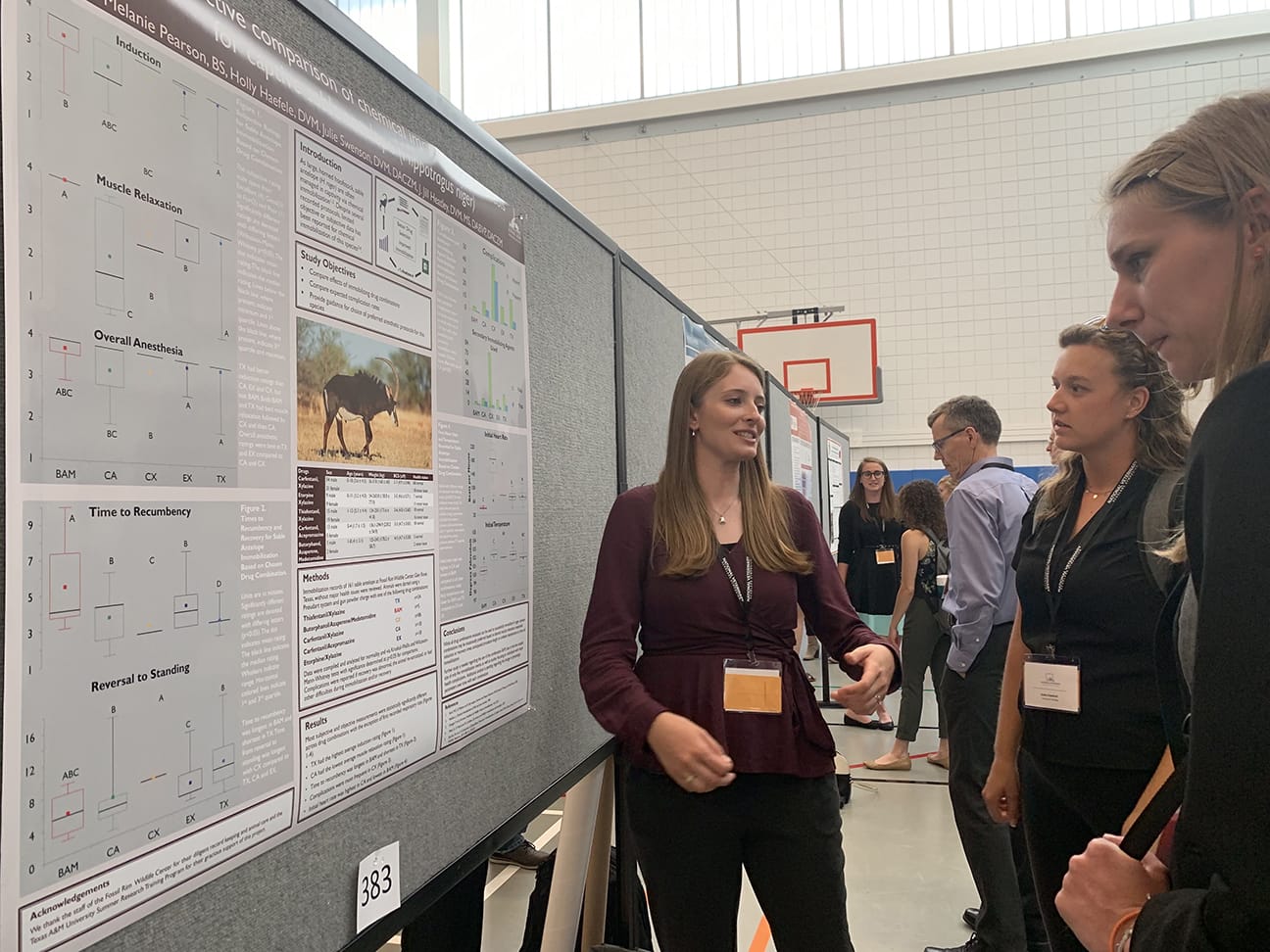

“Julie wrote a paper on moxidectin toxicosis in antelope that has been accepted and will be published in the Journal of Zoo and Wildlife Medicine in June,” she said. “That’s exciting; it’s something that we presented at a previous AAZV Conference, but actually getting it published was a year-long process.”
Swenson finding the time to write that paper brings up a key point about the benefits of having a fellowship veterinarian on staff: currently Schmidt and previously Dr. Rebecca Eddy.
“Lauren and Becky each made a big difference, because I don’t think Julie would’ve gotten that moxidectin paper accepted yet without (a third) veterinarian on hand – it would’ve likely taken longer,” Haefele said. “We are so busy when only two veterinarians are on staff. It’s great because (the fellowship veterinarian gets) a lot of experience. I think Lauren has already gained more hands-on experience with wound care and casting for cheetahs than a lot of people in this field.”
Haefele expanded on the lengthy process of research projects, much less bringing a research paper through various stages.

“Even after a samples or data collection has been completed, analysis can take a long time,” she said. “You want people to know about what you’ve been doing, because often it is useful information. For example, sharing info on proper sable anesthesia dosing that we’ve used is valuable for other vets, but it takes a long time to write a paper, submit it, get it reviewed, and get it published. We could be talking about a timetable of two years; the more complicated the project and the more data involved, the longer the process.
“A vet conference allows the information to get out sooner. From there, they know they can contact you for further information and watch for the peer-reviewed paper down the line.”
She was not overstating about how busy the Fossil Rim Animal Health staff are while caring for more than 1,100 animals, but Haefele said about 20 percent of her job involves research and went on to explain the significant role Swenson plays in that regard, too.
“Julie and I split up a bunch of duties, research or otherwise,” Haefele said. “Our veterinary fellowship is designed for that person to have at least one research project, so it’s a big part of what Lauren does, as well. Julie has a lot of interaction with vet students who are interested in writing a paper or delving into some data we have collected. She’s usually the primary point person for those folks.
“Julie travels to Texas A&M to speak to students about the opportunities we have and has definitely created a lot of awareness. We have a sizeable list of potential research projects. Once someone selects a project and begins to make progress, Julie keeps a running log of where they are at with bimonthly updates so I can open the document and see for myself.
“She is currently mentoring a veterinarian from South Africa, for example, and he is going to write a couple of papers based off our data. It can take vet students a long time to complete a project because they are so busy with school, but it’s excellent experience for them and great when they are able to get a paper published.”
Speaking of student achievement, not unlike a proud parent, Haefele loves to see up-and-comers in the animal health field progress with Fossil Rim research being part of their process.

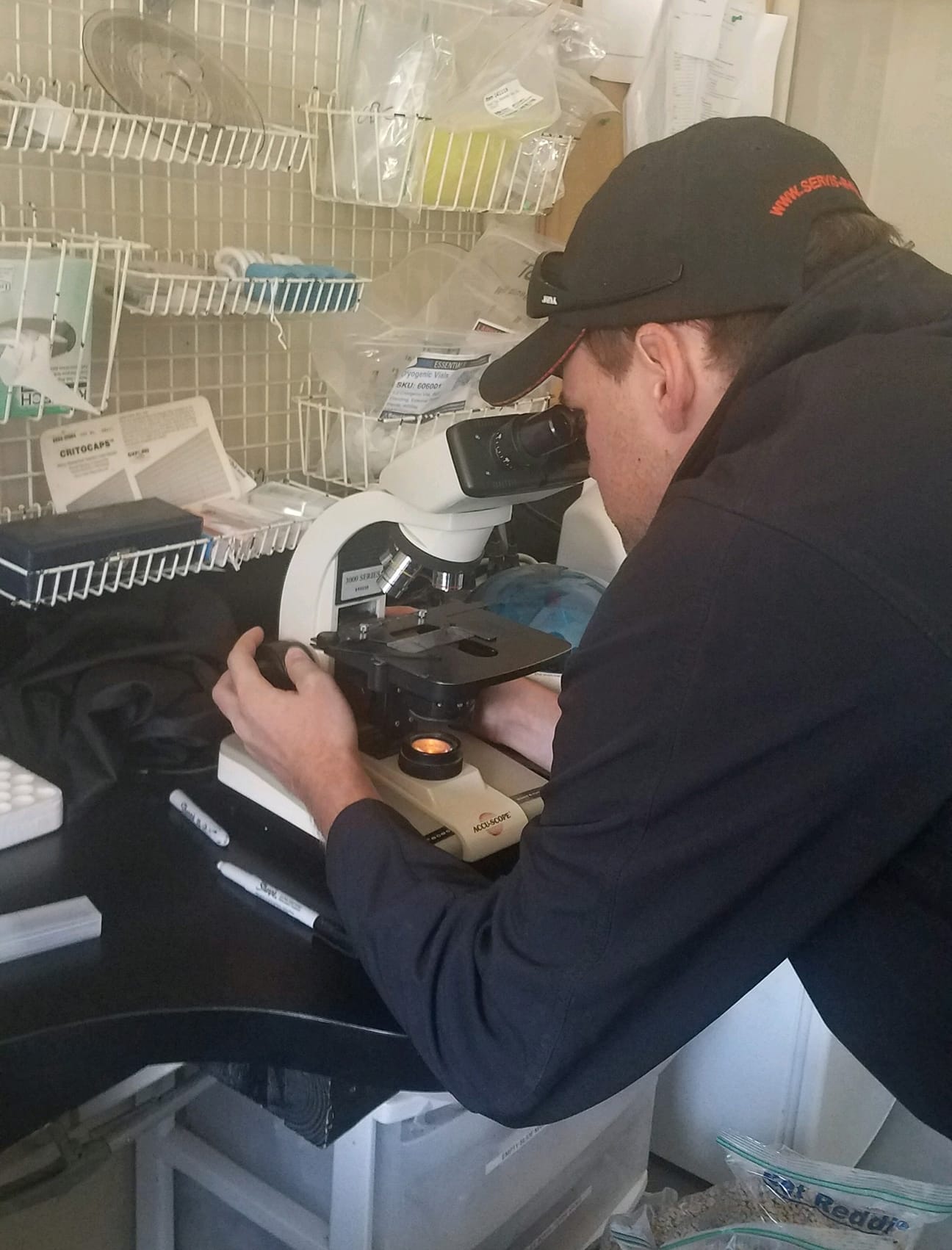
“It is always exciting to have the intern or the student who starts off with a small project here and then it snowballs into a master’s degree or a PhD,” she said. “We’ve worked with Tarleton in the past and had at least six people get their master’s through research here at Fossil Rim. https://tinyurl.com/y26ll3xk We like to have applicable research that is going to have a direct implication on either conservation of animals in the wild or on the care and health of animals in captivity. Our willingness to get involved is great for our training programs, from high school students to internships to our fellowship veterinarians.”
It is safe to say that hard work from Fossil Rim’s Animal Health Department and people they associate with is ensuring that “conducting scientific research” and “training professionals” are both meeting Fossil Rim’s mission in rock-solid fashion.
“We maximize our staff and resources,” Haefele said. “We handle a lot of animals, so we have a lot of samples that we keep banked and we are very willing to participate in projects. People in the (animal health or animal care) field know they can call upon Fossil Rim when it comes to cheetahs, rhinos, hoofstock, and Attwater’s prairie chickens, among other species.”
-Tye Chandler, Marketing Associate

